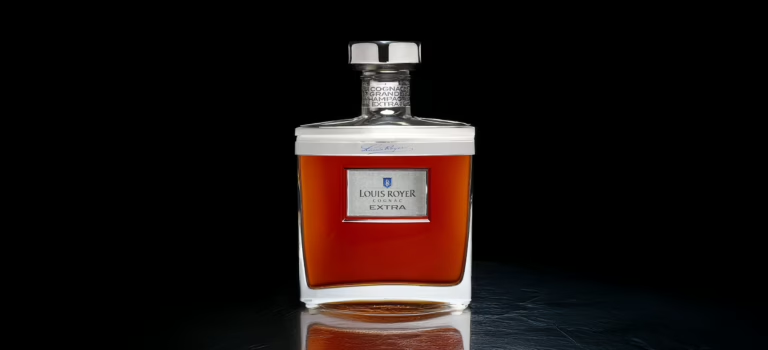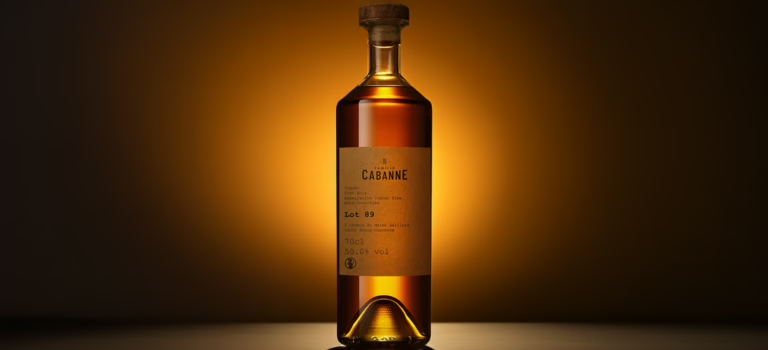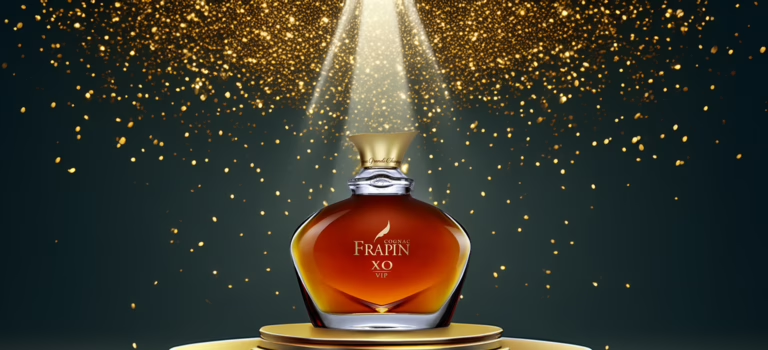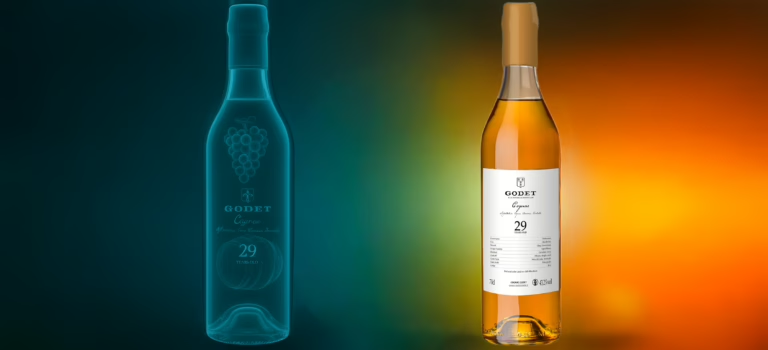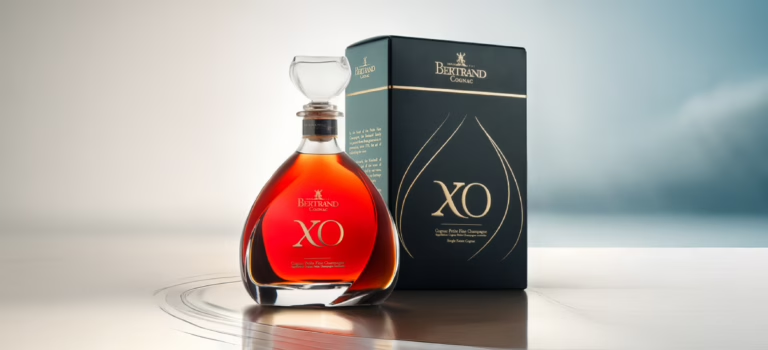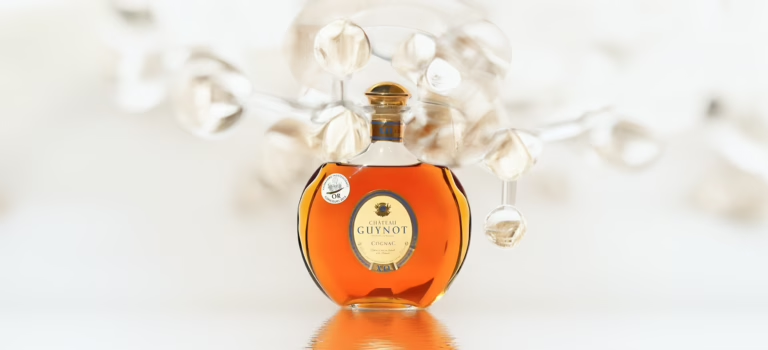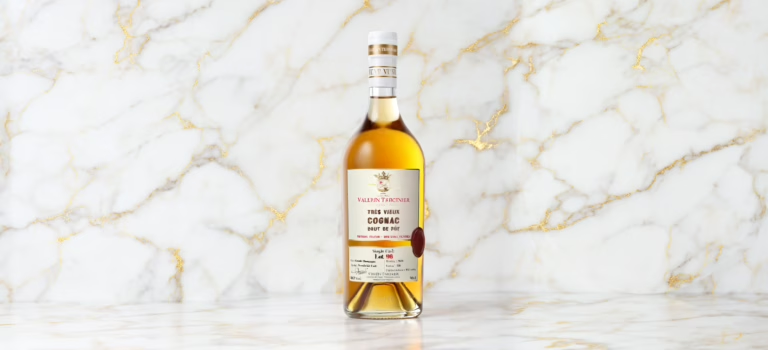We continue the second half of our Cognac-Expert 2025 Advent Calendar with a Louis Royer Extra cognac, allowing us to discover yet another new name (new for us!) in these pages. As usual when we add a new brand or producer here, let’s talk about its history first, before reviewing their cognac.
Read more